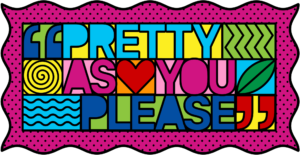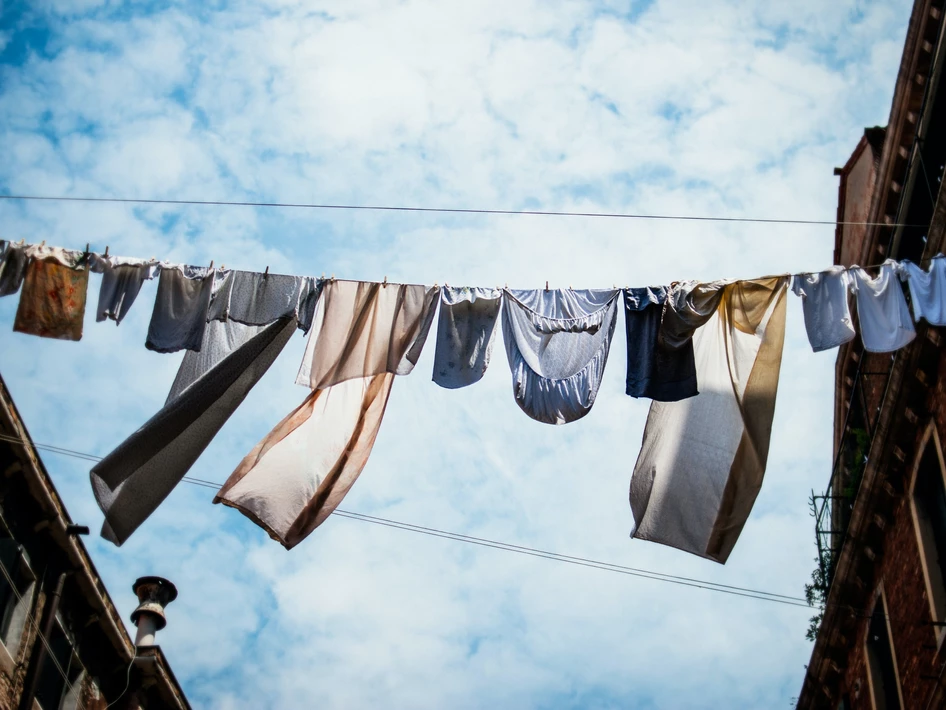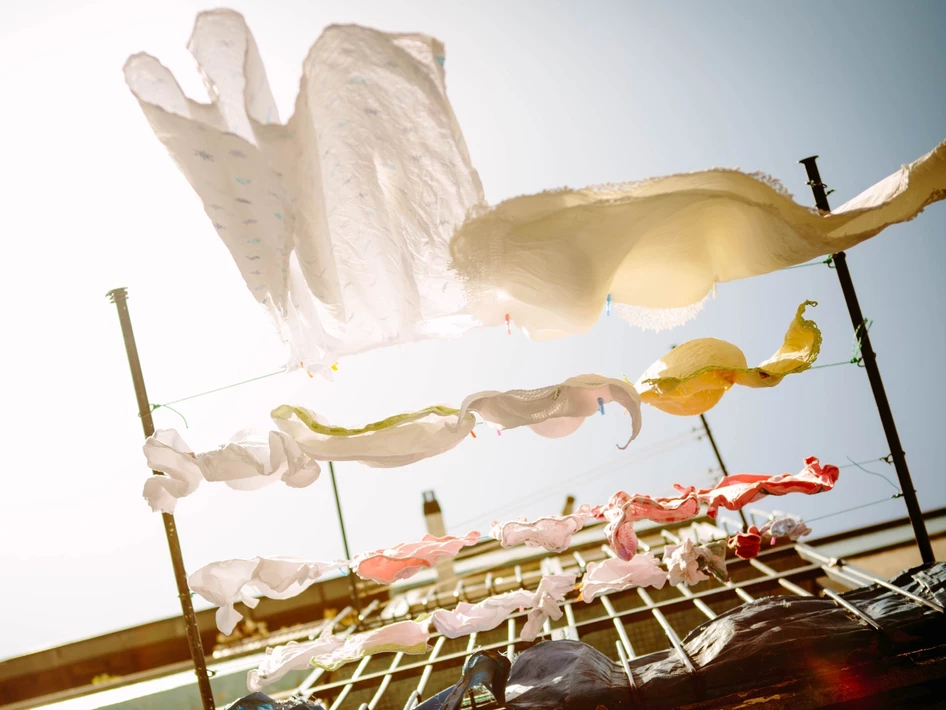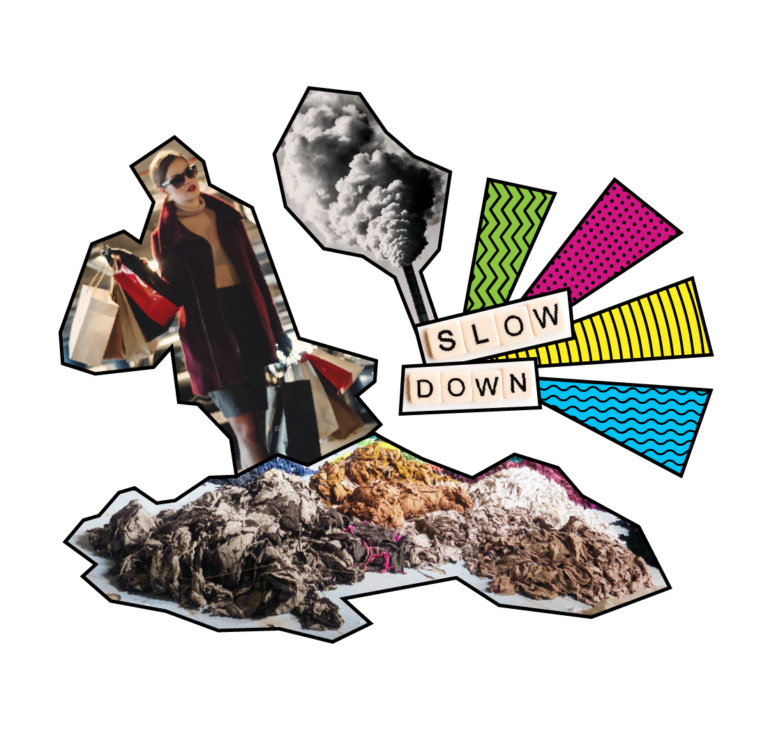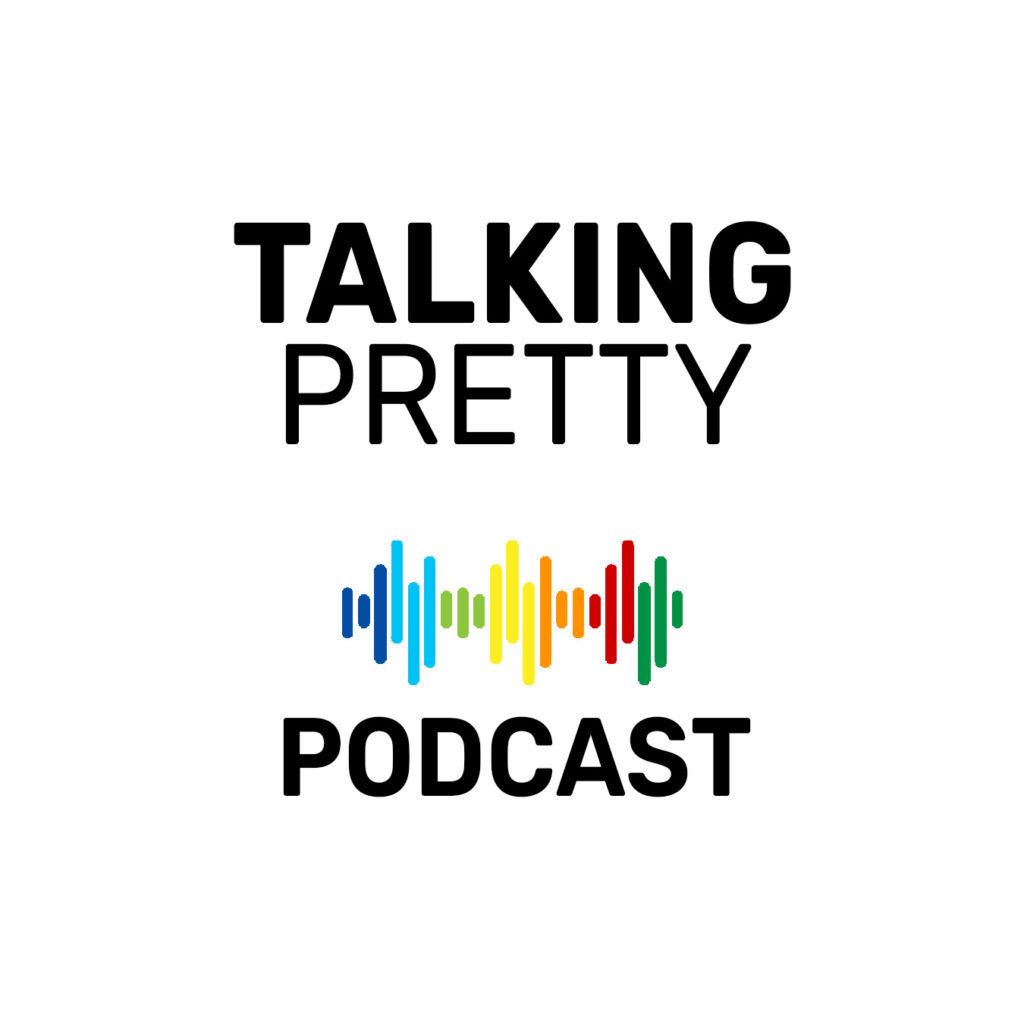How sincere are brands who use that hashtag? Could they be hoodwinking you into believing they’re something they’re not? More specifically, could they be fooling you into believing they’re eco-friendly and that they stand for social justice when they really don’t? Portraying themselves as icons of ethics and consciousness when what they’re doing is really just the bare minimum?
Welcome to greenwashing! A popular marketing ploy that plays up an eco-friendly move or a do-good initiative by a brand, to make it appear more planet- or people-friendly. While greenwashing is extremely prevalent—and obvious—in many other industries, when it comes to fashion, it can be more insidious and hard to spot. Here are some ways to figure out greenwashing:
1. Certifications and affiliations. A brand may claim to use organic or ethically-sourced fabric. They may claim labour-friendly practices. But how can you be sure? Look for certifications such as GOTS (Global Organic Textile Standards), OEKO-TEX, Ecocert, FSC (Responsible Forest Management), BIS (Bureau of Indian Standards) and Fairtrade (for labour and supply chain practices). Also check out affiliations with organisations that promote responsible production, such as BCI (Better Cotton Initiative). For handlooms and local crafts, look for the Craftmark. If there seems to be nothing to back a claim, do a double-check.
2. Production transparency. According to a 2017 report, production accounts for 70% of the fashion industry’s carbon footprint. What is the brand telling you about its production processes and their impact? Or are they telling you anything at all? What steps are they taking to mitigate pollution from their production facilities? Are they telling you who made your clothes? Ethical brands should mention the facilities involved in the manufacturing of their products.
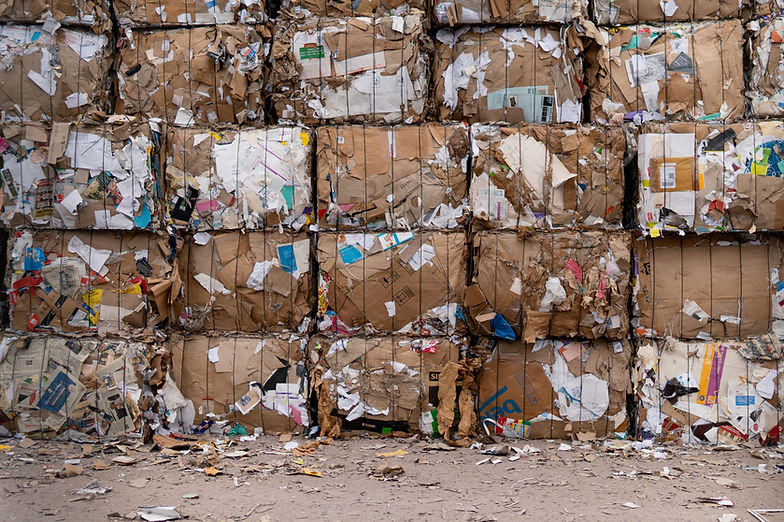
3. The only thing zero waste is their packaging. Brands will wax eloquent about their commitment to the environment prompting them to go zero waste with their packaging. But what else? How do they deal with the waste that comes out of their production? Are their products high-quality enough to ensure they will last a lifetime? Do they manufacture in limited numbers, so they’re not left with mounds of deadstock? How do they handle the deadstock? What do they do with the waste material that’s left behind after the garments have been produced? If packaging is all they can talk about, they are greenwashing. Look for brands that talk about eco-friendly packaging as well as managing their textile waste.
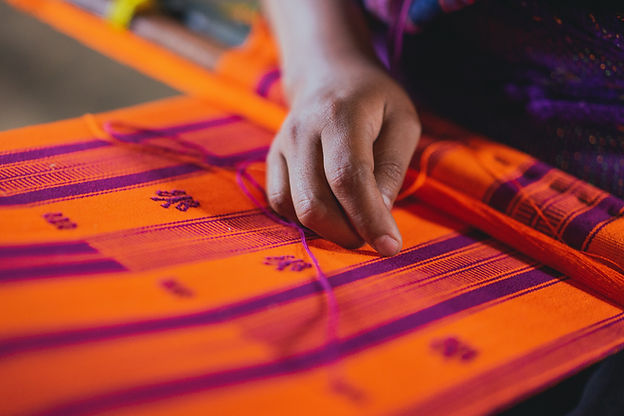
4. Harping on handmade. Of course, if it’s handmade, it’s slow. It’s a labour of love. There’s care and attention that goes into it. Right? Wrong. In a country like India with few, easy-to-flout labour laws, and an unorganised cottage industry, handmade products do not guarantee anything. Look into what else the brand is doing. How many people does it employ? How do they ensure proper working conditions for their labour? How do they empower them? If the price points for a handmade product are low, it’s likely the wages of those who handmake the products are low, too.

5. One sustainable range. Brands and designers who produce one conscious range while continuing to spew multiple lines of fast fashion products at an alarming rate are not really sustainable. That one, tiny sustainable range can do little to offset the immense harm their larger-scale production is causing. One sustainable range does not indicate a shift in overall production practices or business model. The only aim it serves is to give the brand a green sheen. Unless, of course, the brand clearly states this move is a first step in the right direction and they are working to overhaul their entire business, bit by bit, with a clear target in place.
6. The brand claims to meet industry standards. This literally means nothing. If a brand’s emissions are within legal range that only means the brand isn’t doing anything illegal—it doesn’t mean the brand is doing good. They’re only doing what they are required to do by law, and what everyone else is doing, too. Paying minimum wages, again, doesn’t equal living wages. They are not the same. Moreover, with its poor track record of paying garment workers, this pretty much means nothing.
